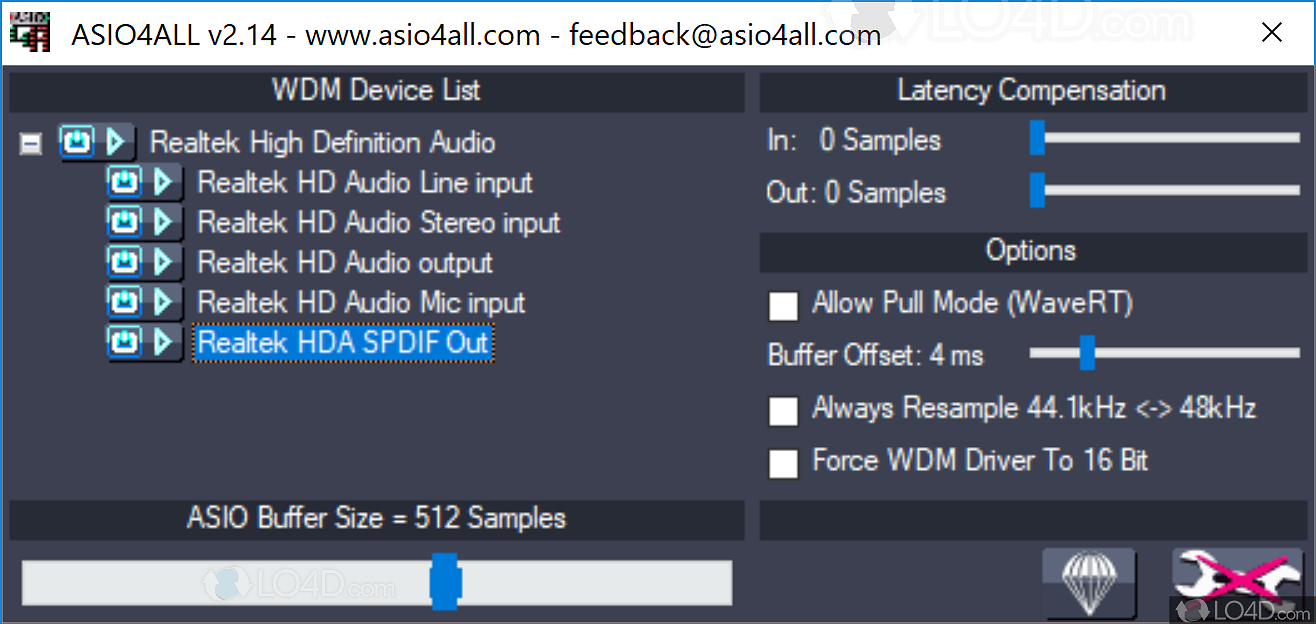



If this works, it indicates that your system has a mix of 64bit and 32bit drivers, and by using the "lowest common denominator", Mixbus is able to run in 32bit mode. In my experience, the more expensive devices ( like RME ) work great in either mode.ĥ) If even step 4 fails, you might try running the 32bit version of Mixbus. Other DAWs use a different term for this button and I think some use polling by default. (**)Ĥ) If all else fails, click the "Buffered Audio" button this reverts to an older ASIO driver format ( using a "polling" mechanism ) that occasionally works better. We've had similar experience here with our Tascam 16x08: In both Mixbus and ProTools, you must select the 512 buffersize, or it won't work. Since you found that only the 512 buffersize setting works, this suggests that the Tascam requires you to select the buffersize in the device control panel then select the same buffersize from within Mixbus. But Steinberg's own documentation says that on Windows, you must select the buffersize from the device's control panel. In practice, most devices will allow you to select the buffersize from Mixbus's control panel. Unfortunately, manufacturers never tell you this information. ASIO was developed by Steinberg in the 90s and Microsoft has never made their own suitable replacement.ģ) Determine if your audio device allows the audio workstation to select the buffersize, or if you must select the buffersize from the device's control panel. ASIO is the de-facto professional standard for Windows that allows low-latency, multichannel, 24bit recording & playback. Your pro-audio software like Mixbus expects to talk directly to the pro-audio device without the OS intervening.Ģ) Install the manufacturer's provided "ASIO" driver for the device, and select that device in Mixbus's control panel. The Windows sound settings are for email beeps and other notifications from the operating system it is not something that you want to send through your pro-audio system. For posting the video! In the future, you might try writing our support email ( ) to help resolve these issues.Īs you've noted, there are a lot of potential complications with Windows audio: the various driver formats ( MME, WASAPI, ASIO ) and old workarounds like ASIO4ALL(*), and your Windows sounds settings, all combine to make things more complicated than we'd like.Īs you've found, there are a few steps that are important to get things running smoothly:ġ) Never select your pro-audio device in " Windows Sound Settings".


 0 kommentar(er)
0 kommentar(er)
